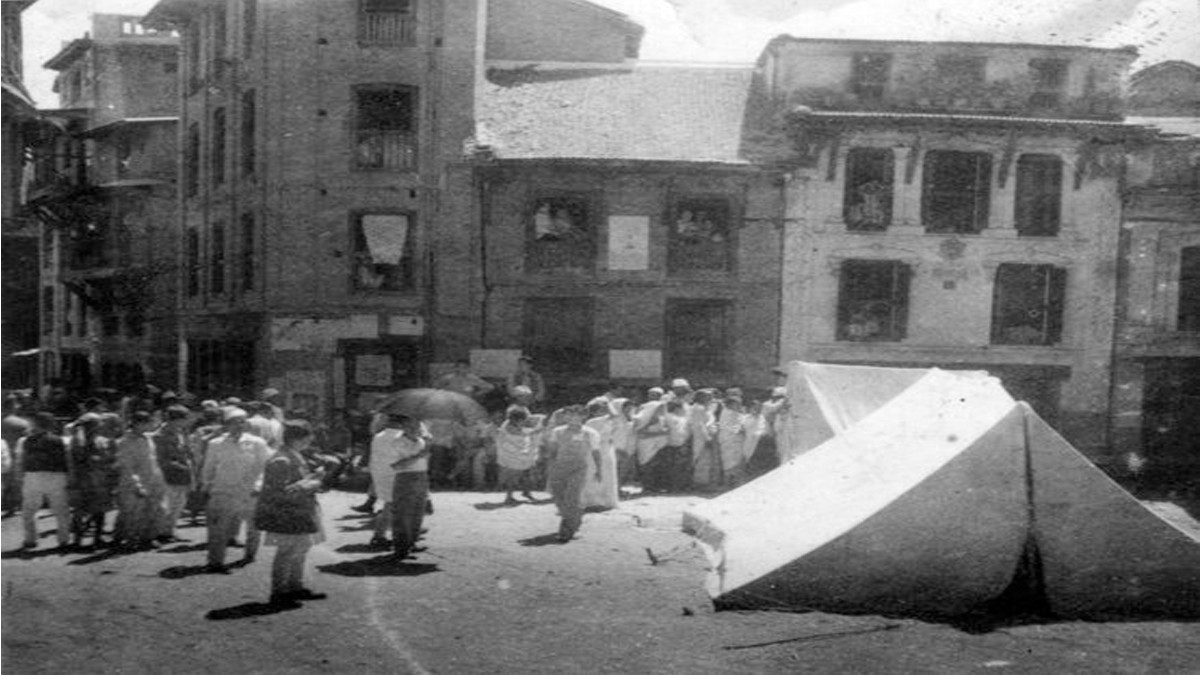 4 independent candidates also won in the first parliamentary election in Nepal.Twitter
4 independent candidates also won in the first parliamentary election in Nepal.Twitter
Nepal is on the brink of the second general election, after the implementation of the Federal Democratic Republic Constitution 2072.
The first parliamentary election in Nepal was held on Falgun 7,2015 BS(18 February 1959 AD).
There were 109 regions and more than 700 candidates for the direct election. Voters over 21 years old were only allowed to vote in the first parliamentary election in Nepal.
As nowadays the regions are kept 1,2,3 according to districts, the interesting aspect of the first general election was that the number of regions was numbered sequentially throughout the country.
According to Election Commission, There were forty-two lakhs forty-six thousand four hundred sixty-eight voters in the first parliamentary election of Nepal.
Nepali Congress, which had the symbol of a tree in the election, became the first party of Nepal by winning a two-thirds majority alone with 74 seats.
Similarly, "Rashtriya Gorkha Party" with the election symbol of "a hut "became the top opposition party of Nepal by winning 19 seats.
Similarly, by winning 5 seats in the general election "Samyukta Prajatantra Party" fixed itself as 3rd political party of Nepal.
"Nepal Communist Party" was in the fourth position by winning 4 seats.
Similarly, from the Nepal Praja Parishad, the faction of BhadraKali Mishra with the election symbol "three corns and sickle" won 2 seats, and the faction of Tanka Prashad Acharya with the election symbol "paddy" won 2 seats.
Another fact is that 4 independent candidates also won in the first parliamentary election in Nepal.
In the first general election, the head of the electoral government, "Suvarna Shamsher", was the "Man of the election". He won elections from three regions.










